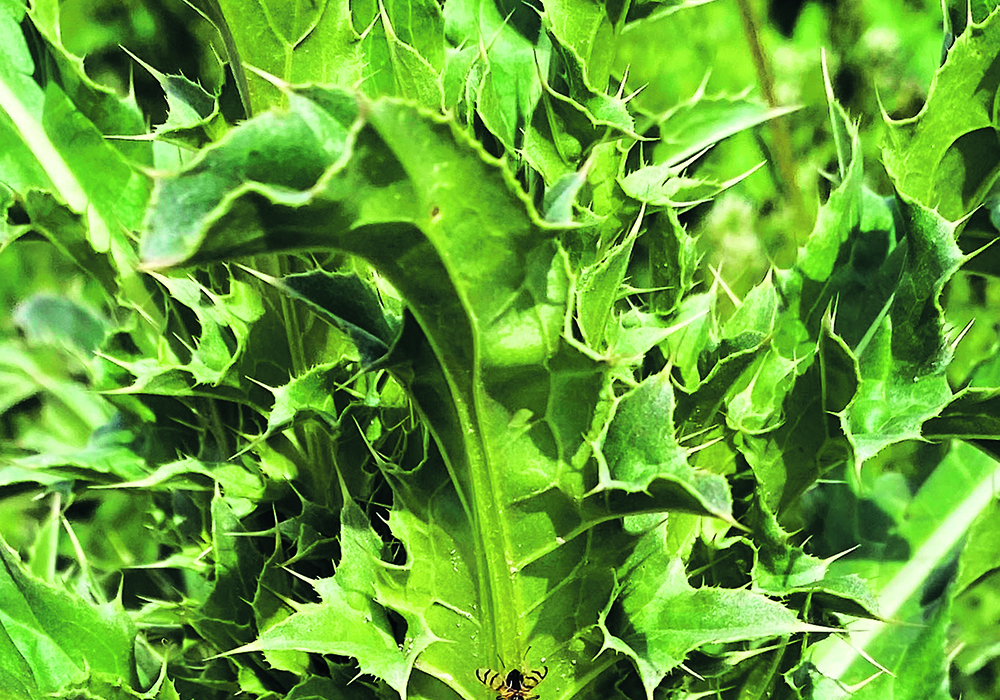Some weeds have become the problem children of reduced tillage. Shepherd’s purse is one of those bad kids.
The weed has little resistance to applications of steel, but along with narrow-leaved hawk’s beard, cleavers, flixweed and stinkweed, it now appears early in the spring season to rob fields of water and nutrients.
Formally known as capsella bursa-pastoris, it is also among those that have developed resistance to Group 2 herbicides in Saskatchewan and Alberta.
Read Also

Phosphate prices to remain high
Phosphate prices are expected to remain elevated, according to Mosaic’s president.
With 40,000 seeds per plant, shepherd’s purse will begin flowering early and continue to produce seed until the snow flies.
Growing up to 90 centimetres when not controlled, it sprouts from a rosette at the ground and forms flat pods with a notched top that contain about 20 seeds. Flowers are tiny and white.
Like most fall annuals, control is cheapest and most effective in the fall. However, conditions don’t always suit that process. Broadleaf herbicides are available that might control it in spring crops, but it needs full rates and early treatment to fully stop the pest.
It can run amok in non-herbicide tolerant broadleaf crops.
Fall and spring control includes glyphosate products and many of the broadleaf herbicides.
In-crop applications of Odyssey and imazethapyr are effective in peas.














